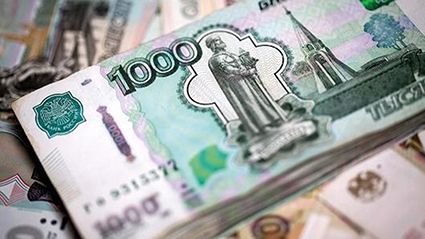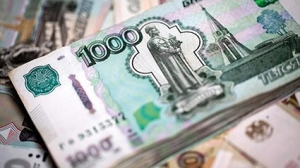Russia & the Eurasian Economic Union
Op-Ed
Throughout history, “big” countries have tried to influence smaller states. Economy was an important tool in this. “Sea peoples,” or those nations which quickly developed their naval powers, built wealth on trade with peoples inhabiting far-flung lands of the world. The primary communication mechanism for Great Britain, France, Spain and others, was the sea.
There was a group of other countries which, due to their continental geography, based their ascendancy on dominating their smaller neighbors. Russia, Germany, Iran and others built their economic successes on the extraction of maximum benefits from smaller countries.
When we talk about Russia’s Eurasian Economic Union, it is partially wrong to name it an attempt to resovietize the former Soviet lands. In fact, it is much better to call what Russia is doing now an attempt to establish its own commonwealth where it aims to be the economic powerhouse for the neighboring South Caucasus, Central Asia, Ukraine and Belarus. It can be likened to the Russia that existed under the Romanov dynasty, where economic interests at times drove the government to occupy/incorporate new territories.
For Germany, its own economic commonwealth is the European Union; for China, its neighborhood, but this is changing as Beijing works to develop large infrastructure projects across Eurasia, known as the Belt and Road Initiative (BRI). For Russia, it is the former Soviet lands. Russia incorporated Georgia in the early 19th century because of probable economic benefits (silk and numerous raw materials).
Though it is true that through the creation of the Eurasian Economic Union (EEU), Russia wants to forestall any western economic or military encroachment on the former Soviet space, it is also true that Russia needs this relatively underdeveloped space to pump its own money into and to use the region’s raw materials for its industrial heartland.
Again, it very similar to what the Romanovs were doing. The Eurasian Union has several strategic advantages. The collective population of the grouping totals almost 179 million people and its collective GDP nears $1.9 trillion. That means that Russia is poised to be dominant in the EEU.
Russia’s advantage can also be found in its geographic dimension. A look at the map shows that the EEU is well positioned between the two economic powerhouses of Europe and East Asia. This is fortunate for the Union countries, considering the scope of the strides China is making in expanding and implementing its BRI initiative. Indeed, several of the major economic corridors through which China wants to connect to the European market, run via Kazakhstan and south of Russia.
Russia’s other advantage is the fact that the country is mostly surrounded by weak states with at times underdeveloped economies. That creates a momentum for Russia. However, at the same time, when we talk about what actually creates a fundamental (geopolitical) problem for Russia, it is not only NATO’s expansion, but the European Union’s (EU) enlargement. The EU’s march will kill Russia’s dominant economic position in the South Caucasus, Ukraine and elsewhere if Moscow backs off. True, being close to the EU does not negate huge possibilities for trade with Russia (as is the case of Georgia), but it will still be different from when Russia fully dominates the trade balance between the two countries.
Thus, approaching the question of the Eurasian Economic Union in a more balanced way, it is fair to say that what Russia does is nothing new in the history of the region. The only way to compete economically with the powerful EU or rising China, is to create its own economic space where non-powerful states are drawn in and Russia plays a dominant role through its size, economy and population number.
Emil Avdaliani











